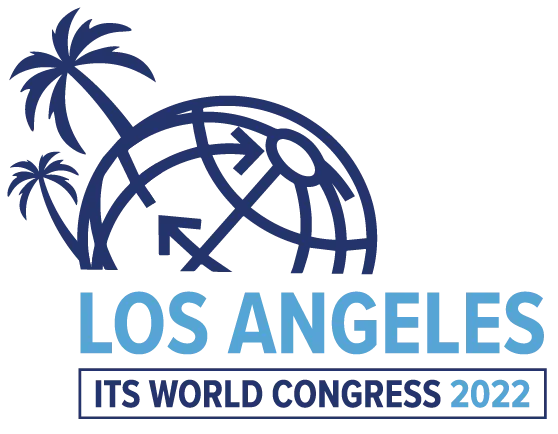The
USDOT's presence at the event includes a central booth featuring driving simulations of connected vehicle applications, the premiere of a new animation video illustrating the benefits of connected vehicle technology and take-home materials for more information. Together with its research partners, USDOT is also offering two demonstrations of wireless vehicle communication technology at the event, during which participants will be able to experience first-hand connected vehicles in action.
Highlights include: Connected vehicle safety technology demonstration; Integrated mobile observations demonstration; Connected vehicle test beds; Connected vehicle driving simulator; and the USDOT and the National Advanced Driving Simulator at the University of Iowa are offering attendees a virtual drive through the future of transportation.
Discussion sessions being hosted on the USDOT booth include: Connected vehicle pilots information session on Tuesday, 9 September at 10:00 am and on Wednesday, 10 September at 2:00 pm; Connected vehicles 101 workshop on Tuesday, 9 September at 11:00 am and 2:00 pm.
In addition, USDOT assistant secretary for Research and Technology Greg Winfree will lead a panel of senior USDOT officials at the USDOT Plenary Session on Tuesday, 9 September from 3:00 pm to 4:30 pm in a discussion on Building the Foundation for Our Connected Society.
The Department is also participating in several sessions and panels, where participants will be able to speak one-on-one with the government and industry researchers and learn how connected vehicles will change the future of transportation safety.
USDOT 2014 ITS World Congress update
The US Department of Transportation (USDOT) is offering ITS World Congress attendees a chance to experience the future of transportation – connected vehicles.
USDOT's presence at the event includes a central booth featuring driving simulations of connected vehicle applications, the premiere of a new animation video illustrating the benefits of connected vehicle technology and take-home materials for more information. Together with its research partners, USDOT is also offering two demonstrations of wirel
August 28, 2014
Read time: 2 mins









